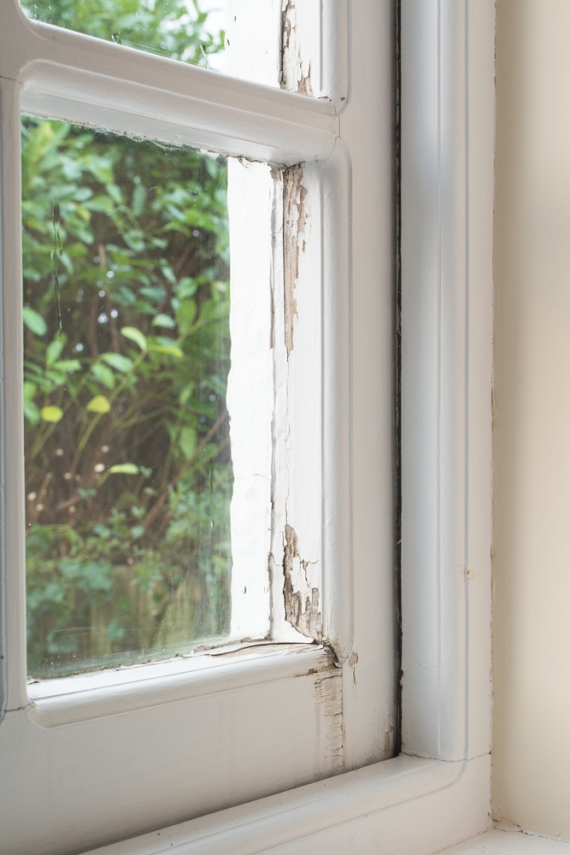2017
Repair or Replace - What Should You do About Window Leaks?

A leaking window needs immediate attention to prevent water damage and to ensure your home’s energy efficiency. Whether you repair the issue, or replace the window entirely, should be dependent on the type and size of the issue at hand.
For issues with drafty windows and gaps allowing air to rush in and out, repair is often the best choice. These leaks are typically caused by cracked or peeling caulking, old weather stripping, loose sashes, or rotted wood in and around the frame of the window.
Broken panes – which tend to be a more imminent issue causing leaking – should usually be replaced. Vintage windows or aluminum clad windows may make more sense to repair, as replacement could be in the multiple-hundreds of dollars, but usually a replacement will be the most economic and viable choice.
Wood around windows that has not been primed or painted correctly can start to deteriorate and cause leaks, especially when it has been exposed to wet weather consistently. While small areas of rot can be fixed with epoxy, larger areas of rot including rotting frames generally require removal of the window and rebuilding –which will cost as much, if not more than, replacing the window entirely.
Foggy condensation or streaks between the panes is caused by broken seals, and worsened when changing hot and cool conditions induce contractions and expansions within the pane. Once the seal has been broken, it is very hard to save the pane. The most practical and permanent option in this case is to replace the pane or the entire sash.
For long term results, it is important to ensure a window leak is handled quickly for long term results – whether you decide to go with a repair or a replacement. Both options have their use, and the options need to be weighed carefully to ensure that the decision works best for both the problem at hand and the desired results.
